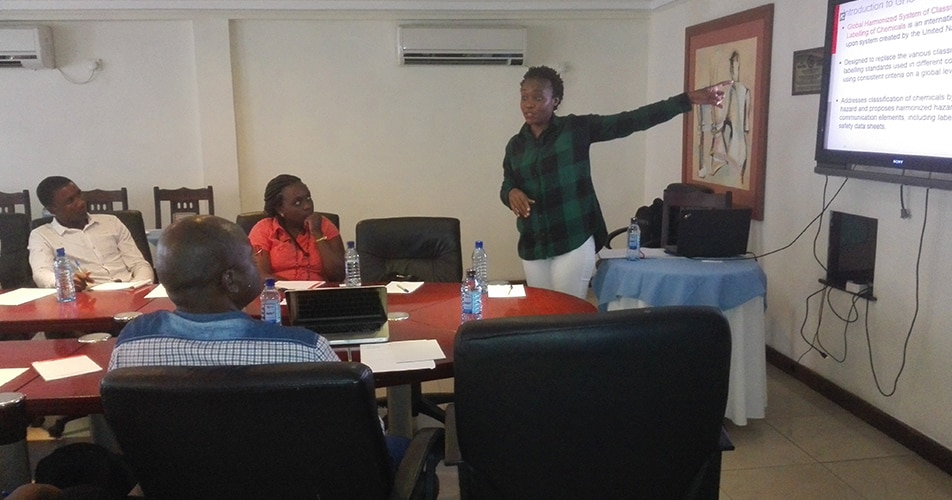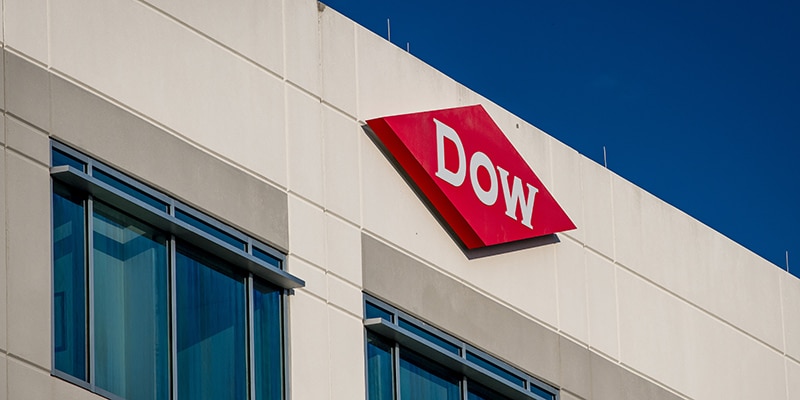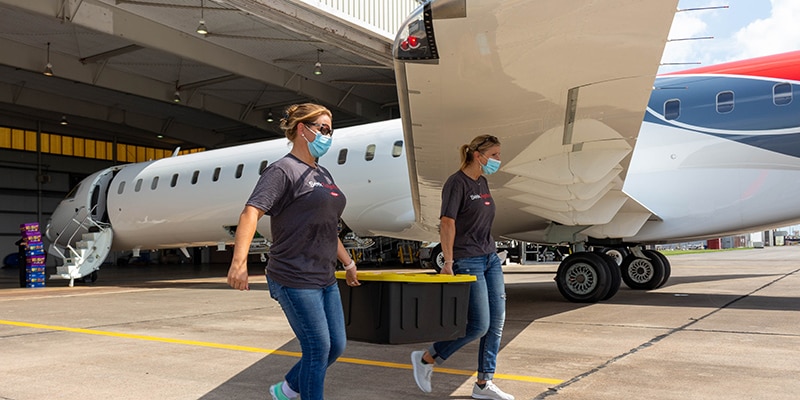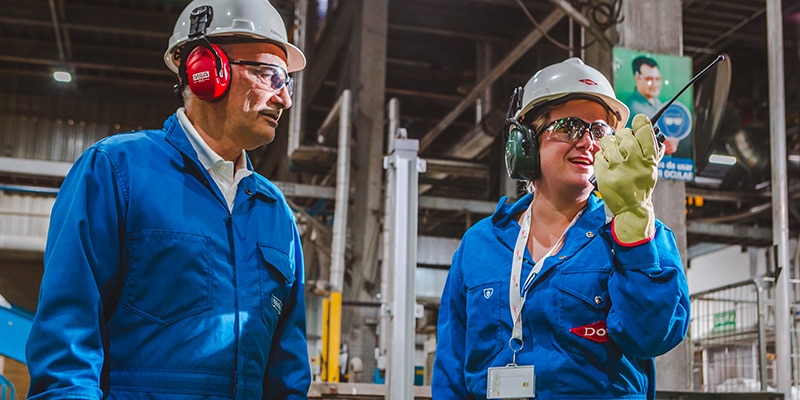Dow’s 2025 Sustainability Goals are a milestone for the Company and seek to change the role of business in society. But a sustainability mindset is nothing new for Dow, which has a long tradition of saving energy, reducing waste, and focusing on safe and efficient operations.
 Herbert H. Dow, circa 1901, age 35
Herbert H. Dow, circa 1901, age 35Photo credit: Herbert H. and Grace A. Dow Foundation
An Energy-Conscious Innovator
As The Dow Chemical Company’s product line grew in the early 1900s, Herbert H. Dow sought new methods for conserving energy in Company operations. He teamed with electrical pioneer George Westinghouse to develop industrial cogeneration, a process that provides steam and electricity for manufacturing. Cogeneration remains one of the most efficient ways of extracting energy from fossil fuels and is widely used in Dow’s operations today.
As one of the largest industrial energy consumers in the world, Dow has consistently been on the forefront of new energy technology improvements. Today, Dow is one of the largest industrial buyers of renewable energy, which is used to help power its manufacturing sites and reduce its carbon footprint. In Brazil, Dow is using renewable biomass and hydropower as an energy source. In Texas, Dow has entered long-term wind power purchase agreements for its operations.
 In 2017 alone, 123 WRAP program projects were chosen from approximately 300 nominations, representing the work of more than 900 Dow employees globally.
In 2017 alone, 123 WRAP program projects were chosen from approximately 300 nominations, representing the work of more than 900 Dow employees globally.For Unnecessary Waste,
It’s a WRAP
Dow has long championed the concept of getting the most out of its resources. In 1963, the Company declared a “War on Btus” with a program that emphasized energy conservation not only in normal companywide operations but with future capital projects. In 1986, Dow established the Waste Reduction Always Pays (WRAP) program. WRAP unified the Company’s waste reduction programs, leading to greater success decreasing or eliminating waste and saving the Company money at the same time.
These values are reflected at Dow today. In fact, Dow’s 2025 “Advancing a Circular Economy” Sustainability Goal is focused on further optimizing the use and reuse of resources. Today, Dow is working with municipalities in water-stressed regions to reuse water for our operations. It also is piloting programs that collect non-recycled plastic items and convert them into energy resources – helping keep more waste out of the landfill.
 Dow Product Stewardship Academies were opened in Ghana, Nigeria and Kenya in 2017, key collaborations leading to adoption of Responsible Care® in emerging geographies.
Dow Product Stewardship Academies were opened in Ghana, Nigeria and Kenya in 2017, key collaborations leading to adoption of Responsible Care® in emerging geographies.Societal Progress in Safe Hands with Dow
As almost 97 percent of all products are enabled by chemistry, product stewardship has long been a priority for Dow. The company established its own toxicology lab in 1934 to enhance its chemical safety testing capabilities decades ahead of government regulation. A formal product stewardship program was established more than 40 years ago with focus on human health, safety and environment stewardship. As part of Dow’s 2015 Sustainability Goals, Dow was the first chemical company to provide online public summaries of its product safety assessments (PSAs). Written in non-technical language, the PSAs cover topics such as basic hazards, risk and risk management about chemical products or product families.
Dow’s research, investment and industry leadership has resulted in more effective product stewardship practices across the globe and greater transparency with the billions of people who benefit from chemistry. As part of its “Safe Chemistry for a Sustainable Planet” 2025 Sustainability Goal, Dow is collaborating across the value chain to promote product safety and transparency. In 2017, the Company launched its first Product Stewardship Academies in Africa.

Continuing the Legacy
In 1995, Dow announced its 2005 Environment, Health and Safety (EH&S) Goals, a set of strategic commitments to minimize Dow’s operational “footprint.” This was followed in 2006 with another set of 10-year goals, the 2015 Sustainability Goals, which focused on Dow’s global “handprint,” producing more sustainable products and solutions to address world challenges. The development of these initiatives – and their resounding success at reducing waste, saving energy and advancing sustainable chemistry – is a testament to the culture of sustainability at Dow that stretches back to the Company’s origins.
In 2015, Dow announced the 2025 Sustainability Goals, which are driving collaborative “blueprints” for a sustainable planet and designed to change the role of business in society. These ambitious goals are already producing new business models and solutions that would make H.H. Dow proud.
®Responsible Care is a registered service mark of the American Chemistry Council, Inc.






